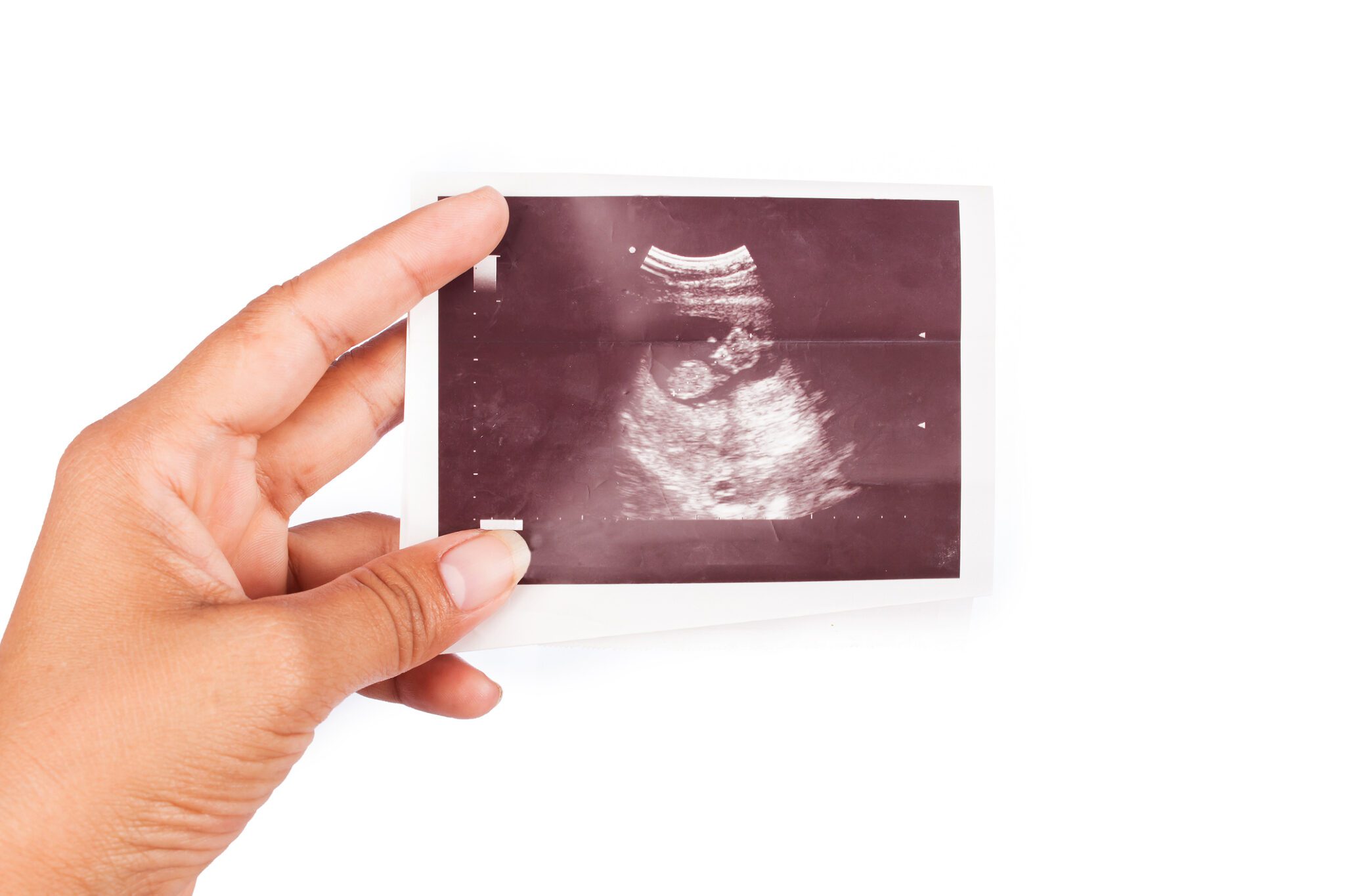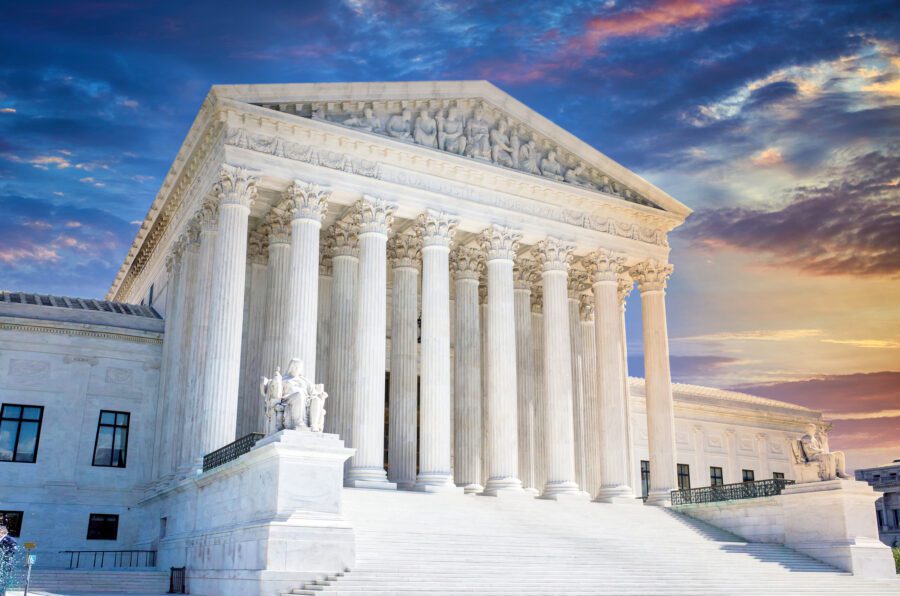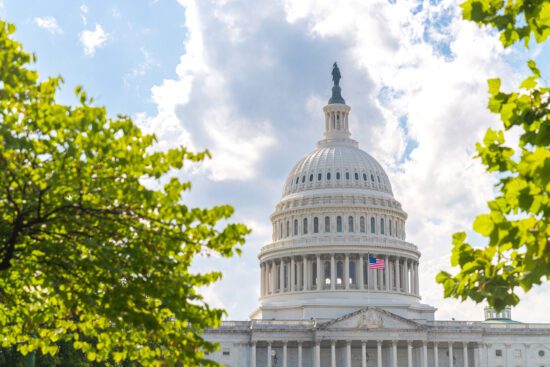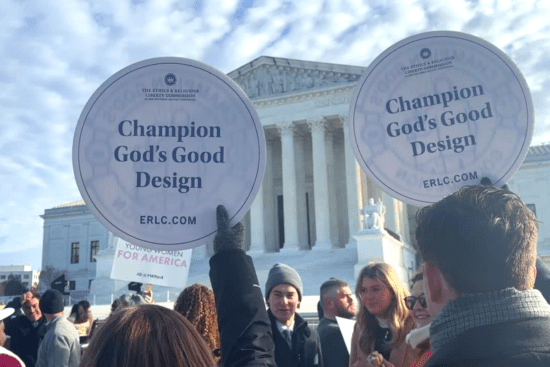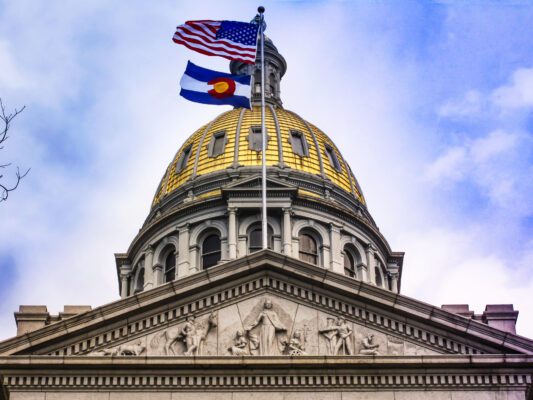On June 27, 2024, the U.S. Supreme Court decided on a vote of 5-4 not to rule on whether there is a conflict between the Idaho pro-life law, the “Defense of Life Act,” and federal law. The court dismissed the case as “improvidently granted,” meaning the court determined they should not have initially taken up the case. Idaho’s pro-life law makes it a felony for doctors to perform most abortions, with an exception for procedures performed when necessary to save the life of the mother. This case centered on a conflict between Idaho’s pro-life law and the Biden administration’s reinterpretation of the federal Emergency Medical Treatment and Labor Act (EMTALA).
Rather than resolving that question, the court has decided to return this case to the 9th U.S. Circuit Court of Appeals for further proceedings. In addition to the 5-4 vote, the justices also ruled by a vote of 6-3 to allow a lower court ruling involving Idado’s law to go into effect. While Idaho’s law is allowed to remain in effect in the meantime, it is limited by a decision from the lower court permitting abortion when the health of the woman is deemed at serious risk, and continuing litigation will resolve a lack of clarity on what that terminology means.
Justices Sonia Sotomayor, Elena Kagan, Brett Kavanaugh, Amy Coney Barrett, and Chief Justice John Roberts ruled to dismiss the case while Justices Samuel Alito, Neil Gorsuch, Clarence Thomas, and Ketanji Brown Jackson would have moved forward to rule on the merits.
What is this challenge to the Idaho pro-life law about?
In 1986, Congress passed EMTALA, which ensures that hospitals may not deny emergency care to individuals due to an inability to pay, thereby requiring them to treat and/or stabilize all patients.
EMTALA currently applies to patients experiencing a medical emergency under the following circumstances:
- Acute symptoms. EMTALA would take effect in any medical issue manifesting in acute symptoms, such as severe pain, that places the health of any individual, including a preborn child, in serious jeopardy or could cause severe impairment to bodily functions or any body organ or part.
- Transfer limitations. There must either be insufficient time to safely transfer the patient to another hospital before delivery, or where such a transfer itself may pose a threat to the health or safety of the woman or preborn child for EMTALA to take effect.
While the language in EMTALA clearly treats the preborn child as a patient, the Biden administration attempted to subvert pro-life state laws in 2022 by revising standards for EMTALA by the Department of Health and Human Services (HHS). Under these new guidelines, HHS provides that:
- An abortion may be “medically necessary” aside from solely protecting the life of the mother, and
- The standards set by EMTALA would require a medical professional to perform the abortion as a form of emergency medical treatment, regardless of state law providing otherwise.
As a result, such so-called emergency abortions could override the conscience protections of doctors and other medical professionals and, in the case of Idaho, supersede state law.
However, it remains unclear in what instances, if any, abortion would be required under EMTALA but not also permitted under the exceptions to Idaho’s law. Both laws seek to protect life, and the Biden administration’s misrepresentation of EMTALA, in an attempt to undermine state pro-life laws, has only created confusion for medical professionals and pitted two pro-life laws against each other. This has sadly led to the loss of more preborn lives.
What did the decision say about the Idaho pro-life law and EMTALA?
In this ruling, the justices were divided both on the decision to send the case back to the lower courts as well as on the underlying merits of the case. The justices were split between three main perspectives within the court.
Perspective one
In the concurring opinion written by Justice Barrett and joined by Chief Justice Roberts and Justice Kavanaugh, the justices did not weigh in on the merits of the case or indicate whether they believe there is a conflict between EMTALA and the Idaho law. Instead, they argue that the case has significantly changed since taking it up and that further proceedings are needed before they can reach a decision.
Barrett writes, “In my judgment, it would be imprudent to answer these important questions now. Since this suit began in the District Court, Idaho law has significantly changed–twice. And since we granted certiorari, the parties’ litigating positions have rendered the scope of the dispute unclear, at best.” (4) In addition to the dispute among the parties regarding whether EMTALA requires hospitals to perform abortions, she also argues that the government has narrowed its claims by “emphatically disavow[ing] that an abortion is ever required as stabilizing treatment for mental health conditions.” (5)
Perspective two
In a concurring opinion written by Justice Kagan and joined by Justice Sotomayor, they argue that there is fundamentally a conflict between federal law and state law, and EMTALA preempts Idaho’s pro-life law.
Under this line of reasoning, there is a conflict between EMTALA and the Idaho law since the mother’s health and the “life of the mother” do not provide the same conditions that must be met. EMTALA would then theoretically allow abortions to be performed in cases where the mother’s health is endangered, even if her life is not. As Kagan succinctly writes, “EMTALA requires hospitals to provide abortions that Idaho’s law prohibits. When that is so, Idaho’s law is preempted.” (2)
In a separate opinion, Jackson shares this line of reasoning but argues that this dismissal is only “a tool for the Court to use to avoid issues that it does not wish to decide” (2) and that the court is wrong to delay such a decision. She indicated that she would have moved forward with deciding this case on the merits and sided with the government against Idaho’s law.
Perspective three
In a final dissenting opinion, Justice Alito, joined by Justice Thomas and Justice Gorsuch, argues that there is no true conflict between EMTALA and Idaho’s law, and any perceived conflict is the result of the government’s reinterpretation of EMTALA. Additionally, these justices would have moved forward with ruling on the merits of the case.
Alito writes that, contrary to Barrett’s opinion, “nothing legally relevant has occurred” since the court took up this case (3) and that, instead, “the Court has simply lost the will to decide the easy but emotional and highly politicized question that the case presents.” (4)
These justices argue that EMTALA is clear that it does not require abortion saying that “the Government’s new interpretation of EMTALA is refuted by the statutory text, the context in which the law was enacted, and the rules of interpretation that we apply to Spending Clause legislation.” (15) In their view, “We should reject the Government’s interpretation and put that matter to rest.” (15)
What happens next for the Idaho pro-life law?
The case will return to the 9th Circuit with the injunction from the lower court once more in effect, where the court will hear the case on the merits and proceed, essentially, as if the Supreme Court had never taken up the case. This case or other litigation raising these underlying questions will likely return to the Supreme Court in coming terms.
Though today’s ruling is limited to Idaho’s litigation, this question is one affecting many states with pro-life laws, and future litigation may have an impact on other states with similar abortion restrictions.
Why does this issue matter for Southern Baptists?
Southern Baptists believe all children, regardless of age or ability, are made in God’s image and worthy of protection. As a result, the ERLC rejects any attempts by the Biden administration to pit two laws designed to protect preborn life—EMTALA and Idaho’s “Defense of Life Act”—against one another.
The ERLC will always advocate for the lives of preborn children and mothers to be protected and will be closely monitoring developments in this and similar cases.


